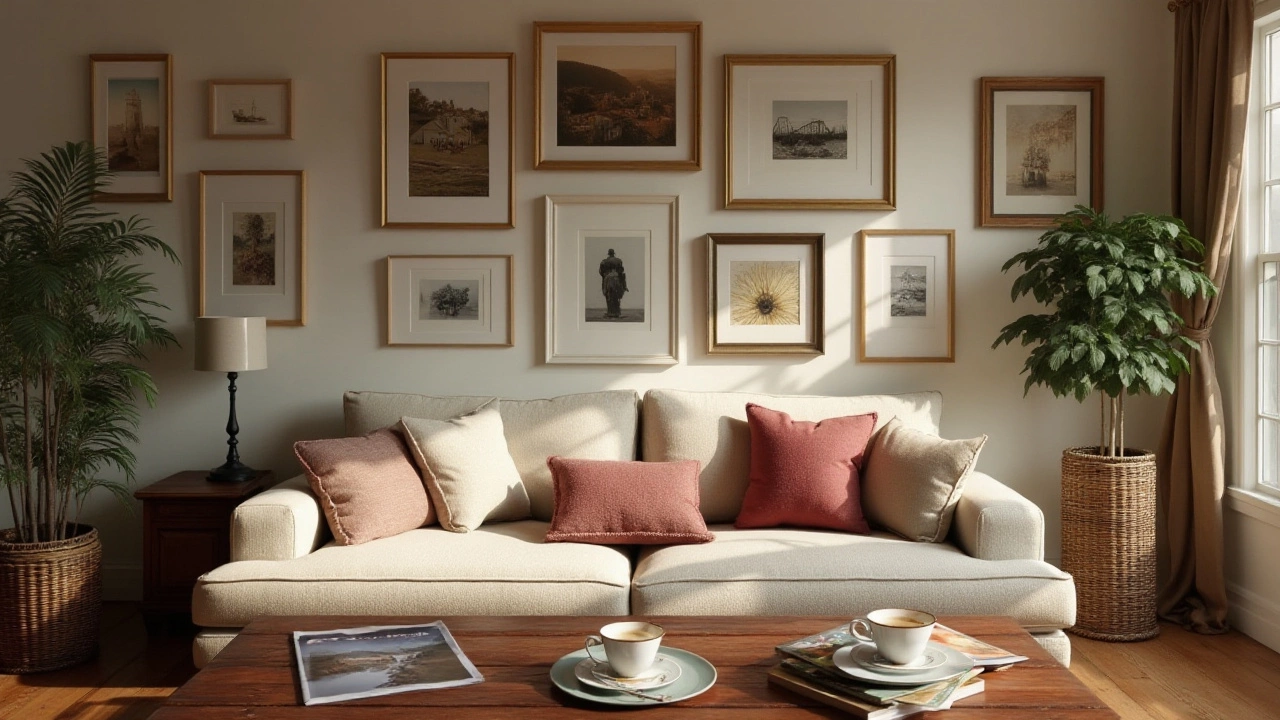Selling Sizes: Picking the Perfect Dimensions for Your Art
When you’re ready to put a piece on the market, size matters more than you think. A canvas that’s too small might get ignored, while one that’s too big could scare off a buyer who doesn’t have the wall space. Figuring out the sweet spot saves you time, money, and a lot of back‑and‑forth with clients.
First, look at where your audience lives. If most of your buyers are apartment dwellers, they’ll gravitate toward medium‑sized prints that fit a standard sofa wall – think 30×40 cm or 40×50 cm. If you sell to galleries or corporate offices, larger formats like 80×120 cm can command higher prices because the space is already there for a statement piece.
What Buyers Look For in Size
Buyers usually have three things in mind: space, cost, and visual impact. A small size (under 20 cm) is cheap to ship and easy to place on a bookshelf, but it won’t become the room’s focal point. Mid‑range sizes (30‑60 cm) hit the balance – they’re affordable, easy to hang, and still make a visual splash. Big sizes (over 70 cm) are the show‑stoppers. They cost more to produce and ship, but they also let you charge a premium because the artwork dominates the room.
Another factor is framing. A framed piece adds bulk, so if you offer frames, lean toward smaller dimensions to keep shipping costs down. Unframed prints give buyers flexibility, so you can safely offer larger options.
Pricing Tips for Different Dimensions
Don’t just double the price when you double the size. The cost of materials rises linearly – a bigger canvas needs more paint, a larger print uses more paper – but the perceived value jumps faster. Use a tiered pricing model: base price for the smallest size, then add a 20‑30 % markup for the next size up, and a 40‑50 % markup for the largest.
Also, think about bulk discounts. If a collector orders a set of three 30×40 cm prints, offer a small discount to encourage the larger order. This strategy moves inventory faster and builds goodwill.
Finally, experiment with limited editions. Release a special size for a short period – say a 70 cm version of a popular piece – and price it higher because it’s rare. Collectors love exclusivity, and you get a higher profit margin.
In practice, start with three core sizes: small (20×30 cm), medium (40×50 cm), and large (80×120 cm). Track which one sells fastest, adjust your inventory, and watch your earnings grow. The right size mix will make your art more approachable for buyers and boost your bottom line.

9 Oct 2024
When you're diving into the vibrant world of art prints, understanding which sizes sell best can make a significant difference. The landscape of art has evolved with home decor trends, and certain sizes tend to have a higher demand. From small intimate prints to large statement pieces, each has a unique charm and purpose. Whether you're a budding artist or someone looking to enhance your living space, choosing the right size can be crucial.
Continue reading...
